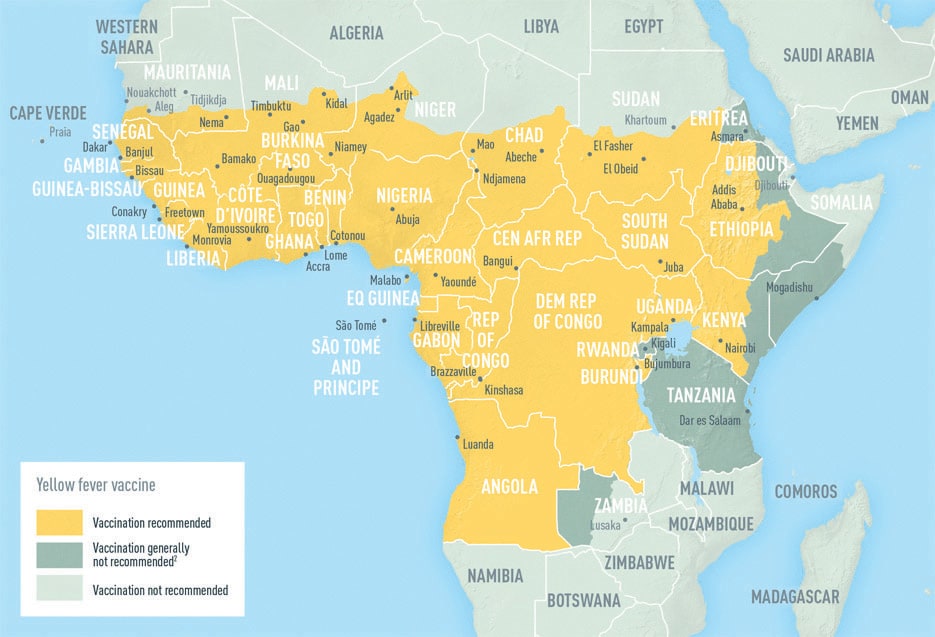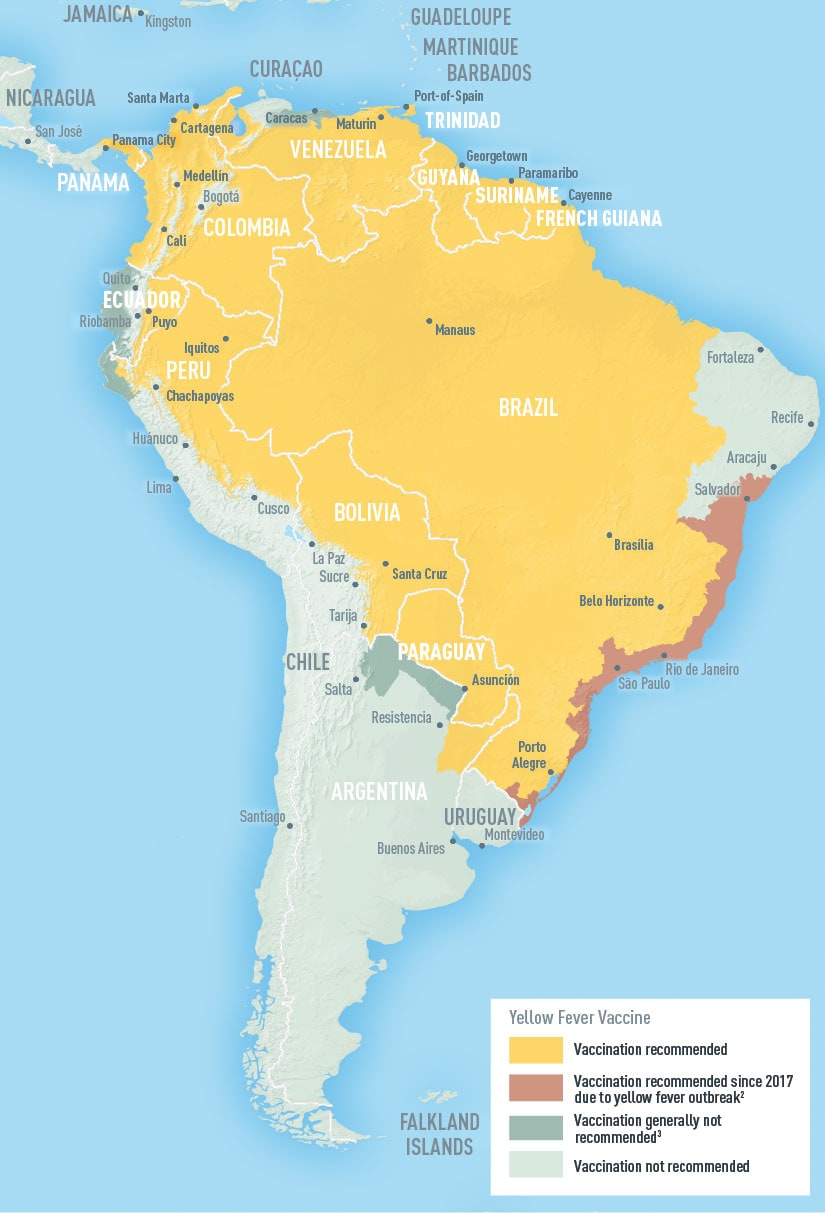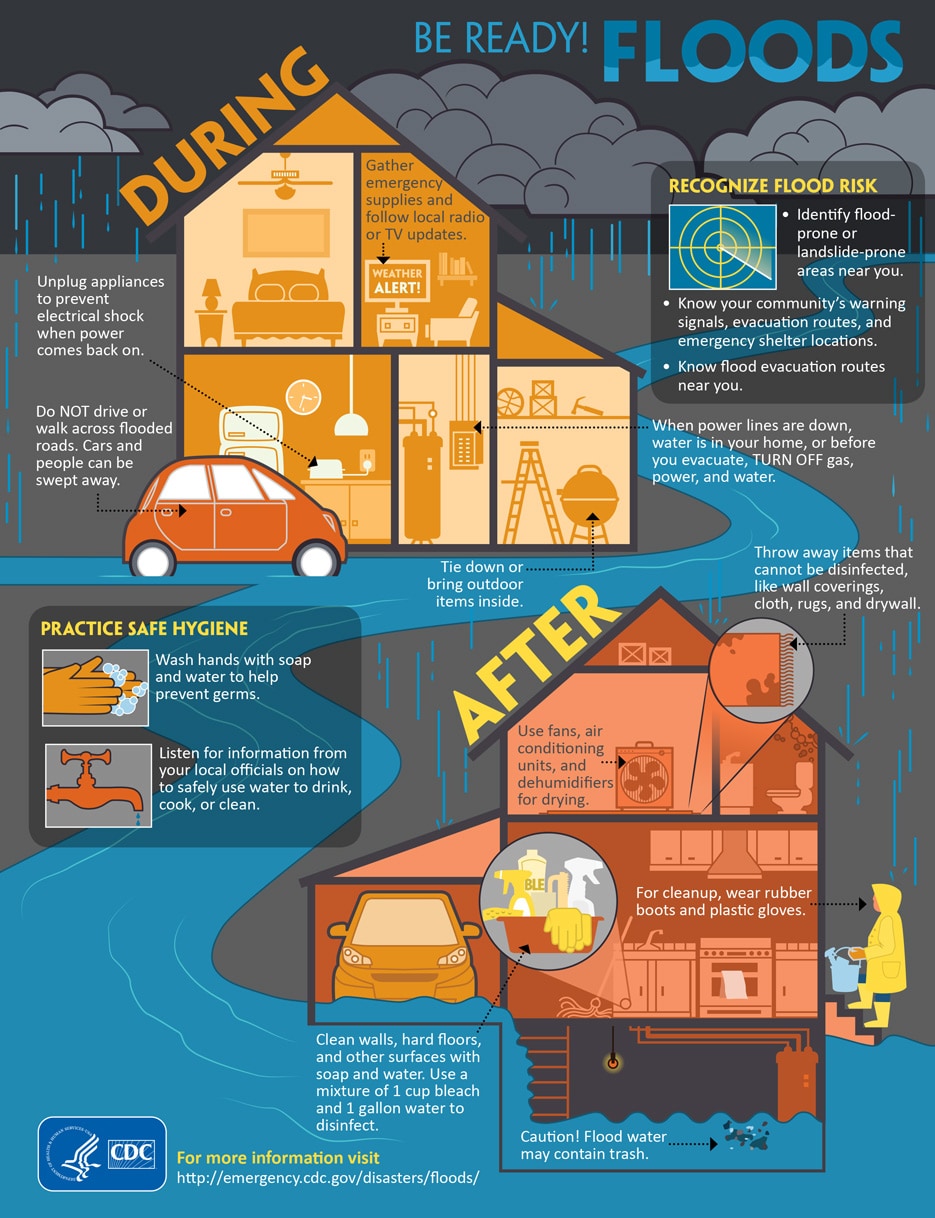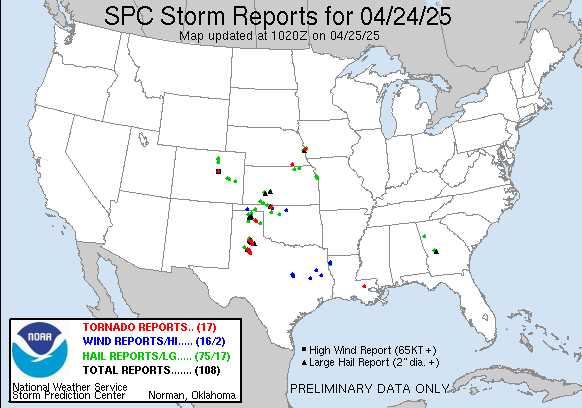Copenhagen, 28 March 2017
Over 500 measles cases were reported for January 2017 in the WHO European Region. Measles continues to spread within and among European countries, with the potential to cause large outbreaks wherever immunization coverage has dropped below the necessary threshold of 95%.

“With steady progress towards elimination over the past 2 years, it is of particular concern that measles cases are climbing in Europe,” says Dr Zsuzsanna Jakab, WHO Regional Director for Europe. “Today’s travel patterns put no person or country beyond the reach of the measles virus. Outbreaks will continue in Europe, as elsewhere, until every country reaches the level of immunization needed to fully protect their populations.”
Two-thirds of the Region’s 53 countries have interrupted endemic transmission of measles; however, 14 remain endemic, according to the Regional Verification Commission for Measles and Rubella Elimination (RVC).
Unchecked transmission threatens progress
559 measles cases were reported in the Region for January 2017. Of these, 474 cases were reported in 7 of the 14 endemic countries (France, Germany, Italy, Poland, Romania, Switzerland and Ukraine). Preliminary information for February indicates that the number of new infections is sharply rising. In all of these countries, estimated national immunization coverage with the second dose of measles-containing vaccine is less than the 95% threshold.
“I urge all endemic countries to take urgent measures to stop transmission of measles within their borders, and all countries that have already achieved this to keep up their guard and sustain high immunization coverage. Together we must make sure that the hard-earned progress made towards regional elimination is not lost,” continues Dr Jakab.
Current major outbreaks
The largest current measles outbreaks in Europe are taking place in Romania and Italy.
Romania has reported over 3400 cases and 17 deaths since January 2016 (as of 10 March 2017). The majority of cases are concentrated in areas where immunization coverage is especially low.
According to reported data, the 3 measles genotypes circulating in Romania since January 2016 were not spreading in the country before, but were reported in several other European countries and elsewhere in 2015. Comprehensive laboratory and epidemiological data are needed before the origin of infection and routes of transmission can be concluded.
Italy has seen a sharp rise in cases in the first weeks of 2017. With 238 cases reported so far for January 2017 and preliminary information indicating at least as many cases for February, the total number of cases reported for 2016 (approximately 850) may soon be surpassed.
Countries at highest risk
Measles is a highly contagious virus that can cause potentially serious illness. As measles remains endemic in most parts of the world, it can spread to any country, including those that have eliminated the disease. Every un- or under-immunized person regardless of age is therefore at risk of contracting the disease; this is especially true in those countries where persistently low immunization rates increase the risk of a large outbreak with possible tragic consequences. National authorities should maximize their efforts to achieve and/or sustain at least 95% coverage with 2 doses of measles-containing vaccine to prevent circulation in the event of an importation.
The WHO Regional Office for Europe is working closely with the national health authorities of countries at risk and in the midst of large measles outbreaks to plan and implement appropriate response measures. These include enhancing surveillance and identifying and immunizing those at heightened risk of infection, especially susceptible persons who may be or come in contact with infected persons, as well as engaging communities to encourage vaccination for all those who need it.
Measles and rubella elimination in Europe
In adopting the European Vaccine Action Plan 2015–2020, all 53 Member States of the Region committed to eliminating measles and rubella as one of the Region’s priority immunization goals.
Progress towards this goal was confirmed at the 5th meeting of the RVC in 2016, which concluded that:
- 37 of the 53 countries had interrupted endemic measles transmission;
- of these, 24 countries maintained interruption for more than 36 months and were therefore considered to have eliminated the disease;
- 14 countries remain endemic for measles transmission; and
- 2 countries have not submitted annual status updates.
WHO technical experts cooperate closely with European countries to achieve this goal, providing comprehensive support to strengthen immunization programmes, increase population immunity and confidence in vaccines, build disease surveillance capacities, and respond to outbreaks in line with countries’ commitment to elimination.









